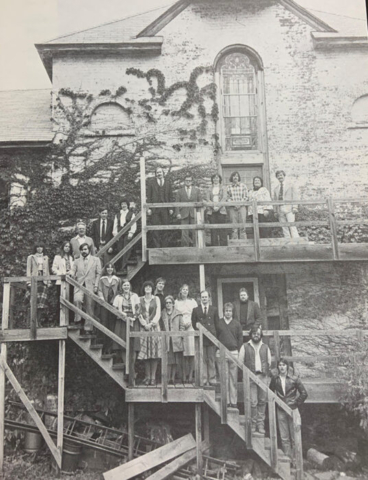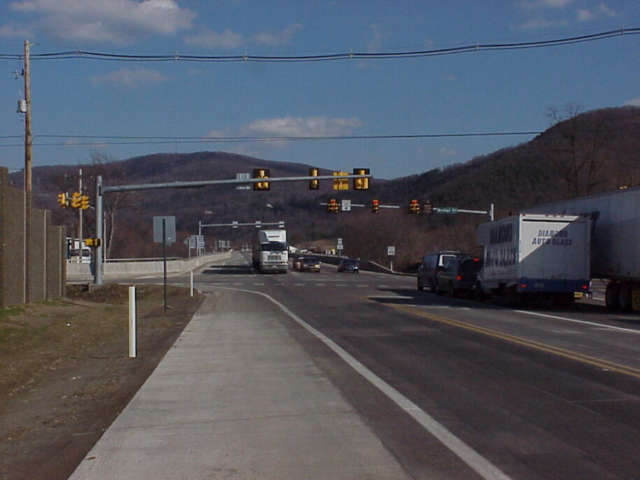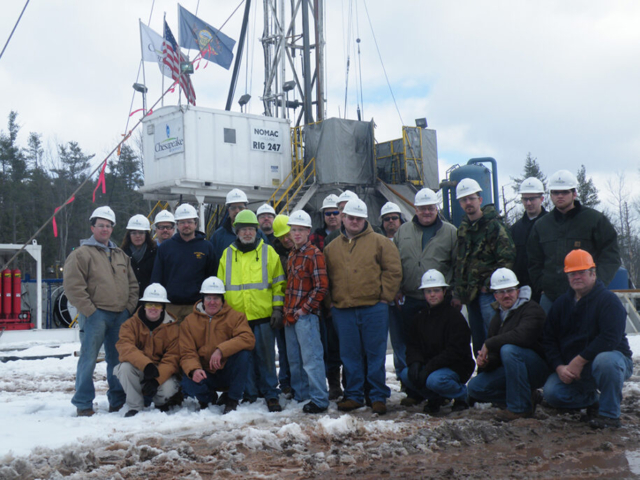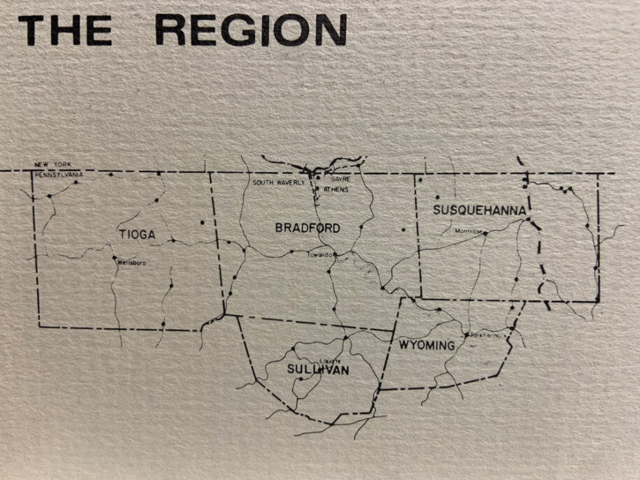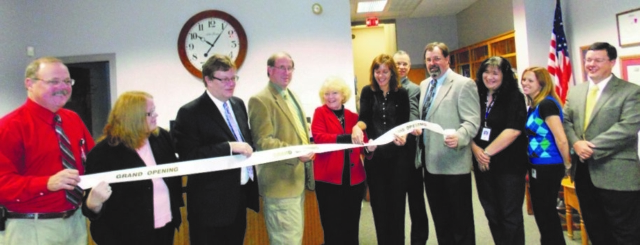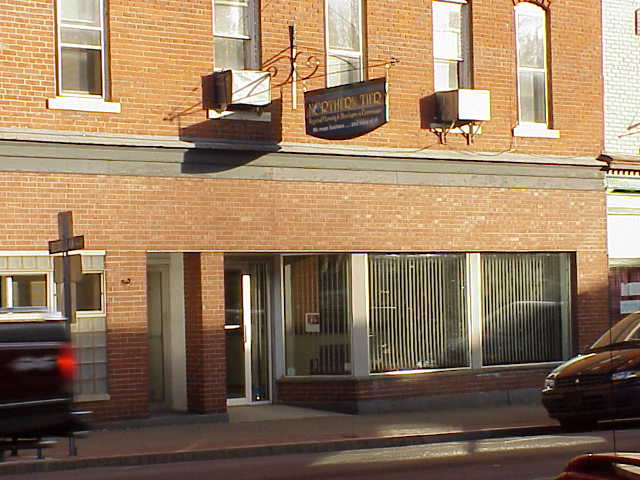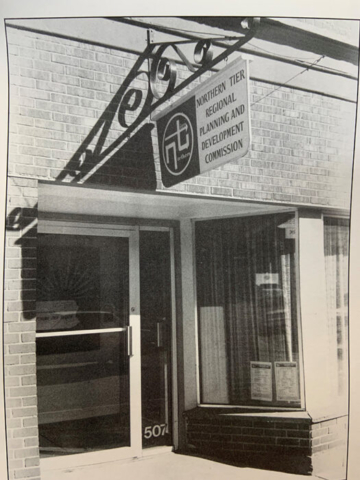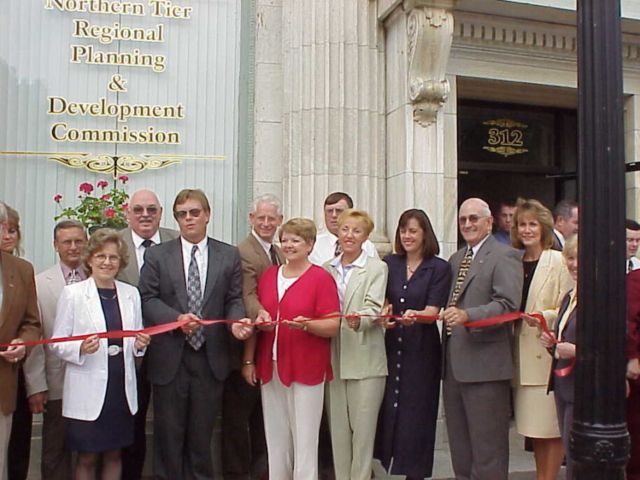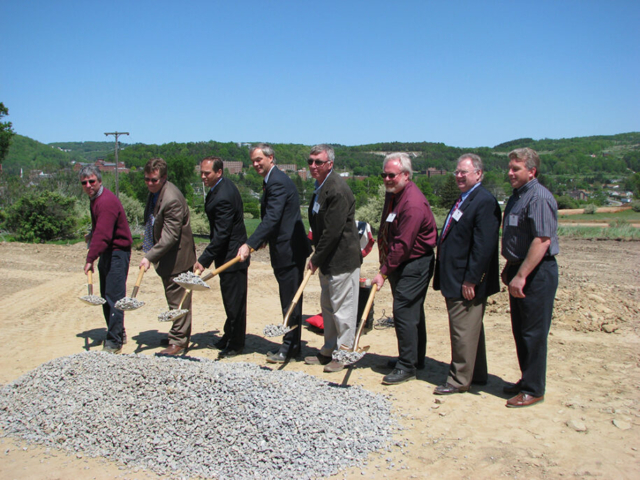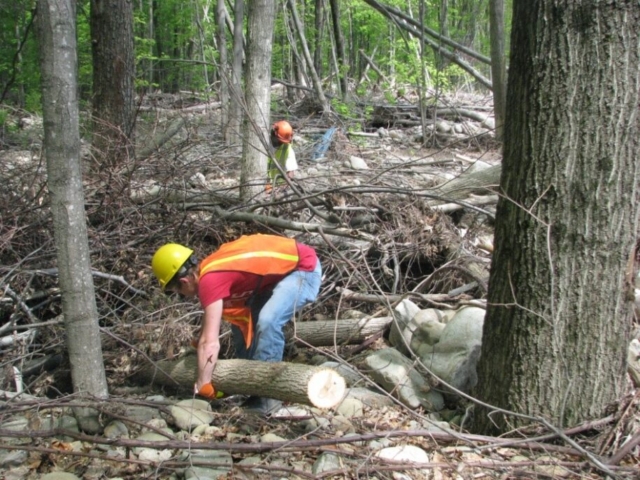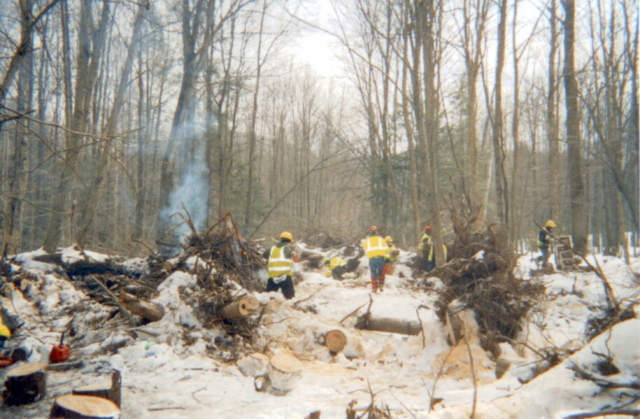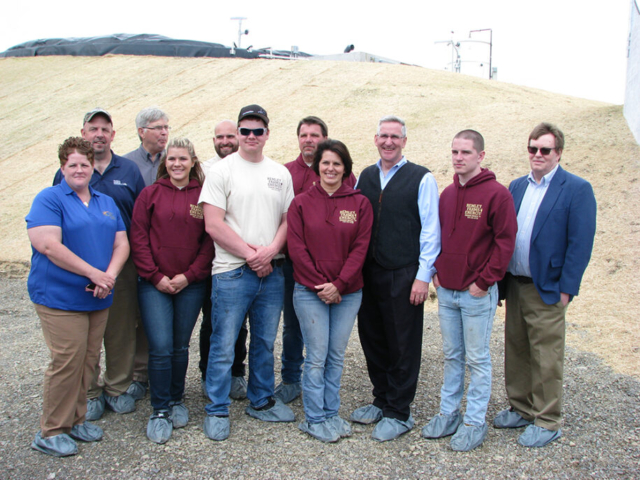Our History
Our History
In 1965, the Appalachian Regional Development Act, passed by Congress, established the Appalachian Regional Commission (ARC) with the primary responsibility of overseeing economic development in the Appalachian Region and the construction of the Appalachian Development Highway System. The Appalachian Region includes West Virginia and parts of 12 other states: Alabama, Georgia, Kentucky, Maryland, Mississippi, New York, North Carolina, Ohio, Pennsylvania, South Carolina, Tennessee, and Virginia.
In 1970, NTRPDC received the distinct honor of being designated as the local development district for Bradford, Sullivan, Susquehanna, Tioga, and Wyoming counties. Celebrating over half a century of dedicated service, the Northern Tier Regional Planning & Development Commission (NTRPDC) has remained a steadfast champion for the growth and empowerment of individuals, businesses, and communities across the region.
Region Demographics
The Northern Tier Region encompasses five counties spread over 4,000 square miles and is home to 166 municipalities, housing a collective population of 181,008 residents. The population distribution varies, with the largest municipality being Sayre Borough with 5,813 residents and the smallest being Elk Township with 51 residents.
The region’s population density is notably lower, with an average of 46 people per square mile, in contrast to the statewide density of 274 people per square mile.
Business Landscape
Community Empowerment
Since 1982, we have proudly served as an Affiliate Data Center, providing invaluable census data at the county and municipal levels. We have also played a pivotal role in connecting entities with grant opportunities for community, economic, and sustainable development projects. To date, over 330 applications have secured funding from the Appalachian Regional Commission, amounting to an impressive $45 million worth of economic investment benefiting various organizations, including hospitals, daycares, fire departments, non-profits, and municipalities.
Our commitment to addressing evolving municipal needs is demonstrated through regional equipment shows and municipal summits, fostering comprehensive discussions among providers, vendors, and municipal officials.
Key Organizations and Authorities
Several instrumental organizations began as a part of NTRPDC and contribute to the development and well-being of the Northern Tier Region:
Proactive Response to Regional Challenges
We have consistently taken a proactive approach in addressing issues impacting our communities. In 2005, we organized the first Local Technical Assistance Program (LTAP) trainings, dedicated to assisting municipalities in efficiently managing their roadway maintenance resources.
Moreover, in 2015, when the Spotted Lanternfly invaded Pennsylvania, posing a threat to various industries, our agency took swift action by educating the community through over 10 informative sessions, reaching over 500 individuals and disseminating vital information on pest control procedures.
Given our region’s central position in the Marcellus Shale gas extraction, we have partnered to host Business to Business expos and summits to address the potential of natural gas production and its impact on our communities.
Infrastructure Development
Infrastructure remains a cornerstone of regional growth, and through collaborative efforts with our partners, we have successfully secured funding for critical projects, including the Tunkhannock natural gas extension, the Towanda municipal water filtration plant, and reclamation of the Westfield Tannery site.
Our use of Global Information Services (GIS) has been pivotal in project mapping and planning for over 25 years, aiding in various initiatives, such as tracking emergency call response times for ambulance services. This map has been instrumental in developing policies to address these challenges.
Economic Investment
Economic investment continues to be a driving force for regional business development. Since 1981, our revolving loan fund has disbursed 535 loans totaling over $42 million, supporting sectors ranging from agriculture to small businesses and manufacturing. During times of need, such as disaster recovery from flooding and COVID relief, our business finance program proactively secures loans.
Our Procurement Outreach and International Trade programs have aided businesses for over 35 years in marketing their goods and services to government entities and expanding into international markets.
Recognizing that a strong workforce is the foundation of any successful business, we were authorized as a workforce development area in the mid-1980s. Our Workforce Development Board leads workforce activities through the Pennsylvania CareerLink system, offering essential employment and career development services to job seekers and employers.
Initiatives like EARN and WIOA provide employment and training services to hundreds of individuals each year. We are currently a Registered Apprenticeship Sponsor, expanding apprenticeship opportunities in partnership with employers.
In 2006, we secured our first National Emergency Grant funding, employing over 120 workers on 10 crews for flood damage cleanup, recognized nationally for its training and certification efforts.
As natural gas exploration surged in 2008, we developed the Fit4 Natural Gas program, enabling individuals to pursue careers in the natural gas industry.
Our Fit4Work Reengagement Project, launched in 2018, focused on individuals disengaged from the workforce, offering foundational skills and work-based learning for self-sustaining employment.
In collaboration with neighboring workforce areas, our agency secured funding for a Northeast Regional Health Care Industry Partnership, training healthcare professionals and introducing high school students to healthcare career opportunities.
The Business Education Partnership, initiated in 2015, connects students with local businesses through Career Coaches in school districts, impacting thousands of K-12 students.
Since 2018-19, we have coordinated the “What’s So Cool About Manufacturing?” initiative, introducing junior high students to local manufacturers through video profiles.
In 2021, the LAUNCH! Your Success website became a resource for youth, providing access to training opportunities, work experiences, diploma equivalency information, and more.

